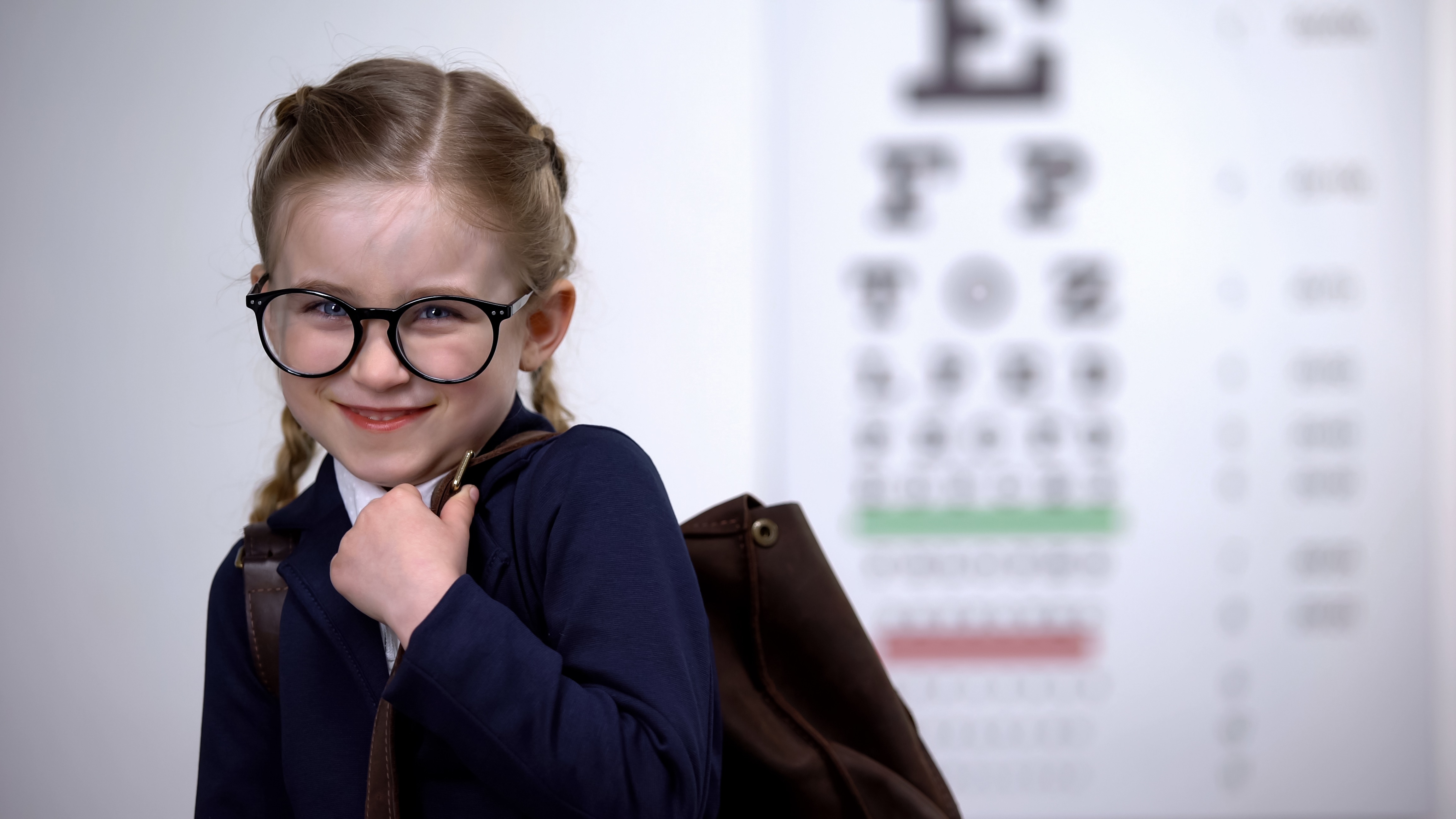News
New Study Finds Secondhand Smoke Damages Children's Eyes
Posted 1/10/20 (Fri)

Written By: Vered Hazanchuk
Reviewed By: Jason Yam FRCS(ED) MBBS
Secondhand smoke is a known threat to eye health among adults. Many studies link smoke exposure to an increased risk of eye conditions that affect people later in life, such as cataracts and age-related macular degeneration (AMD), a leading cause of blindness. But does secondhand smoke pose a threat to children’s vision? A new study from Hong Kong suggests that it does. Researchers found that children as young as 6 already show signs of eye damage.
One of the most vulnerable parts of the eye to cigarette smoke is called the choroid. The choroid is a dense network of blood vessels at the back of the eye. It’s responsible for supplying the retina with oxygen and nutrition and maintains the temperature and volume of the eye. Studies have shown that smokers and people exposed to secondhand smoke have a thinner choroid. Choroidal thinning is linked to the development of vision-threatening AMD, among other conditions.
To find out if children exposed to secondhand smoke showed similar damage, researchers at the Chinese University of Hong Kong Eye Centre examined 1,400 children aged 6 to 8. They showed that children around smoke had significantly thinner choroids compared with children who were not exposed. The difference measured about 6- to 8-microns.
As important, the data showed that choroidal thinning in children increased with the number of family members who smoked and with the amount of cigarettes smoked per day. Although the long-term implication of these relatively small changes on children’s future eye health remains to be determined, this study shows the potential role of early smoke exposure in chronic diseases that occur in later life.
Over the years, the rate of smoking has decreased in the United States, but it remains a health risk. A 2018 U.S. survey reported that up to 25.2 percent of the population has been exposed to secondhand smoking and that 37.9 percent of children (aged 3 to 11) and teenagers (aged 12 to 19) were exposed to smoke.
“Secondhand smoke is a serious public health concern,” said lead researcher Jason Yam, FRCS(ED) MBBS. “About 40 percent of children are exposed to secondhand smoke, many on a long-term basis, which we’ve identified as a risk factor for weakened vision. Our new findings shine a light on the importance of putting an end to smoking around children in an effort to preserve their vision and overall health.”
To decrease the risk of developing serious health problems, the American Academy of Ophthalmology recommends people avoid smoking.
